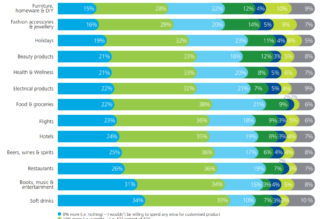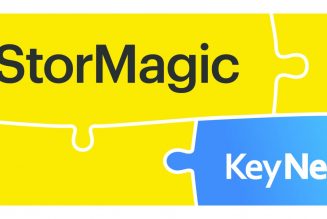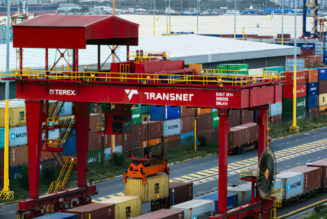There are multiple departments within a company, each of which has a way of doing things. Project integration management brings all aspects of a project together in one cohesive place.
As a project manager, it’s important to ensure all aspects of a project stay on track and have the tools and support system necessary to perform. Each piece of the project needs to seamlessly integrate with the other to result in a complete project.
Here are some tips for managing large integration projects.
Project Charter
There is a certain skill and finesse needed to piece all the working parts of a project together. Successful project managers use their professional experiences as well as the advice of industry experts when working on a new project. Drafting a brief project charter document summarizes the project in one or two pages to give investors and stakeholders an idea of the goals and objectives.
A project charter documents business needs, customer expectations, and the purpose of the project to justify the financial investment to staff the project.
Project Plan
The project manager can begin planning the project once it has been authorized. The project plan is based on information about market demand, organizational needs, and the legal requirements of the project. The plan should align with business processes and company goals.
Having a well-thought-out project plan in place allows a project manager to anticipate and prevent any future problems that could interrupt the project.
Monitor and Control Project Work
A successful project manager knows how to monitor and control business processes and workflows. Lack of quality control can result in poor project performance that delay results and push the project over budget. A project manager knows what preventative actions to take to ensure there are no interruptions to workflows.
Integration Platform-As-a-Service
One way to ensure a positive ROI on a project is to invest in IaaS. An integration platform-as-a-service, or iPaaS, is a cloud service with integration capabilities including data integration, application integration, and business processes. An integration service provides simplified automation that makes data management across different environments easier. There is no need to install middleware or hardware with cloud integration to link cloud and on-premises applications and data.
iPaaS is a Software as a Service (SaaS) offering that features all the characteristics of cloud applications. A robust iPaaS solution provides a library of connectors that communicates between data sources and target applications, integrates workflows, manages B2B integration, and shows real-time integration analytics.
An enterprise integration platform provides faster time to completion, business agility, and scalability that helps businesses complete projects. Use cases of PaaS include accelerated data integrations and digital transformation, API management, artificial intelligence and machine learning capabilities, and data replication across other SaaS applications such as CRM and Salesforce.
Utilizing an iPaaS offering provides technology users a fast and flexible way to connect cloud applications and data, SaaS applications, on-premise systems and data, and B2B integrations. Project managers and business users can use tips from other business users in the community published by iPaaS vendors to discover the most effective methods and techniques for creating scalability through data integrations.
Integrated Change Control
Making a change within an integrated system affects all aspects of a project. Integrated change control means assessing, analyzing, and predicting outcomes before approving a change. A change management board may be required to review change requests, especially if there is a need to increase the budget, compromise on quality, or push back the project deadline.
Close Project or Phase
Once achieving the completeness of vision a project manager must close the project or phase. This is the time to submit all deliverables and final documentation that shows all contractual obligations have been fulfilled. A project manager should review all of the business processes employed during the project and assess if these processes served a particular purpose and whether they are worth implementing in future projects.
Project managers are responsible for managing several moving parts to see a project through from inception to completion. Using the right project management integration tools provides project managers with real-time analytics and a sense of direction for workflows.
Staff writer











